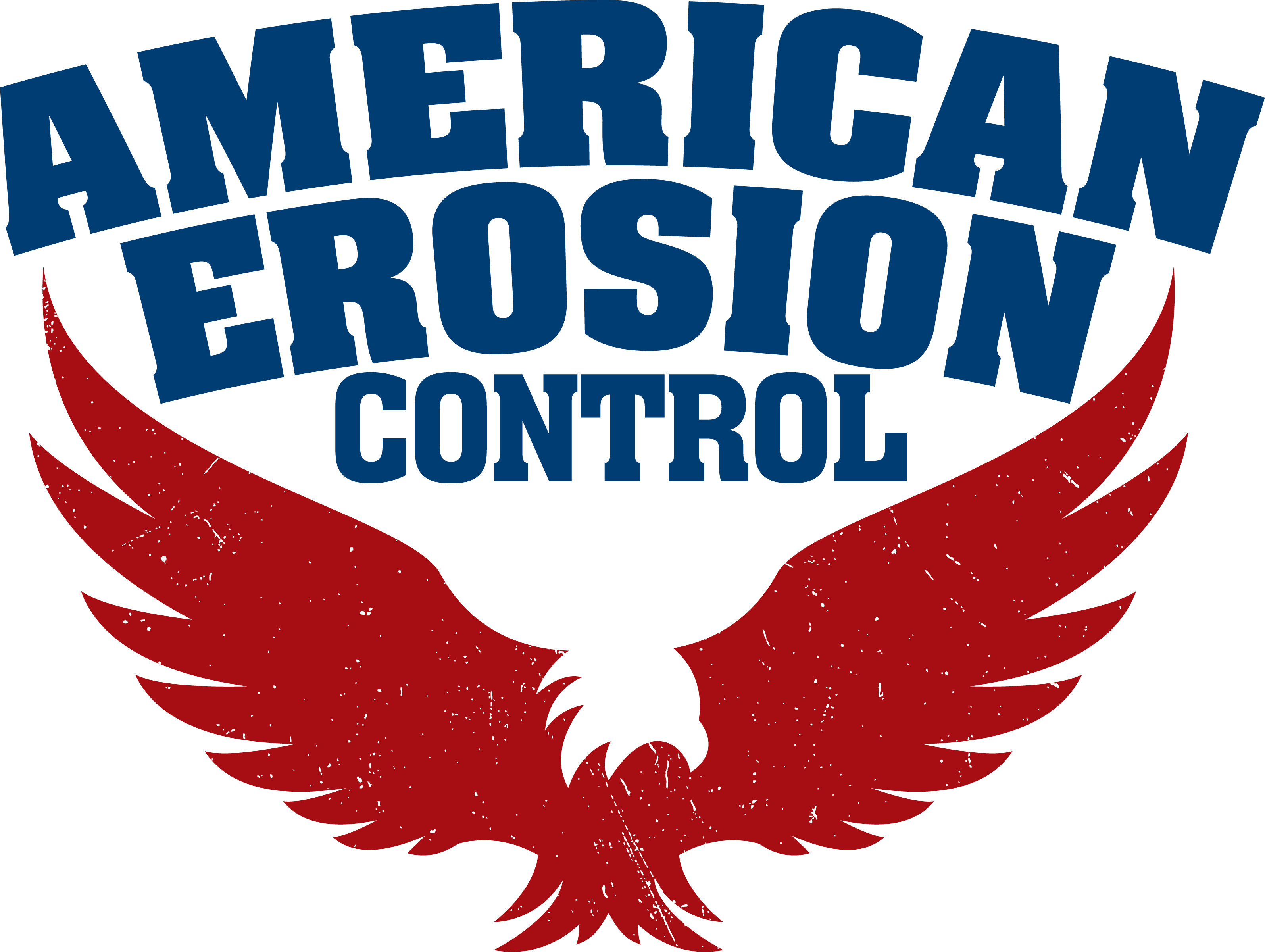American Erosion Control
Dredging
Dredging is often used to maintain/increase the depth of water passages to ensure sufficient water depths for passing ships and boats. All boats and ships require a certain depth in order to float and not scrape the floor. To this day massive ships are utilized to transport goods across water ways. Dredging is vital to supporting the shipping industry.

Dredging is also utilized to minimize the contaminants found in the water. This is called environmental dredging. Environmental dredging is popular in cities where heavy pollution can be found in the water.
Dredging involves the removal of debris and sediments from the bottom of various water bodies including:
- Rivers
- Harbors
- Lakes
It is a process that needs to be done routinely because of the natural sedimentation created by water.

Examples of Routine Detention Pond Maintenance
• Inspections
• Tree and vegetation removal: brush cutting and removal of tree debris
• Trash debris removal
• Installation of Rock/Stone or Rip Rap
• Installation of custom built trash racks
• Mechanical Equipment Check inspection of and valves, pumps, fences etc.
• Inspection of pipes and structures for proper function

Examples of Non-Routine Detention Pond Maintenance
• Bank erosion and stabilization
• Silt removal
• Pipe replacement
• Structure replacement
• Rebuilding of walls in ponds due to structural malfunctions

Why Some Ponds Fail…
Poor maintenance is the leading causes of pond failure. A poorly maintained detention pond can lead to unpleasant odors, nuisance insects rodents, and becomes an unsafe area.
Detention ponds can fail for several reasons such as:
- Poor vegetation maintenance such as out of control weed growth or too little mowing
- Clogged inlets or outlet resulting from trash and debris, and sediment accumulation
- The excess build up of silt
- Failed side slopes of the embankment (Erosion)
- Inadequate access to the pond which complicates routine maintenance activities.
Definitions:
Dry Detention Pond – A pond designed to temporarily detain stormwater runoff and to release it over a period of time, generally no more than 72 hours, designed to NOT have a significant permanent pool of water
Emergency Spillway – Conveyance feature of a detention pond to discharge excess stormwater flows to maintain the integrity of the pond structure during substantial runoff events.
Orifice – A controlled opening on the outlet structure through which stormwater is discharged from the pond.
Outlet – A structure that controls the rate of release from the pond, the water depth in the pond, and storage volume of the pond.
OCS – Outlet Control Structure
Regional Pond – A pond designed to capture stormwater runoff from a large regional area.
Rip Rap – Rock material, generally larger than 4″ in diameter, typically used to stabilize channels that convey stormwater.
Riser – A vertical pipe which can function as the outlet structure of a pond. One or more openings are located in the riser to control the flow out of a pond.
Trash Rack – A structural feature of the outlet that prevents large trash and debris from clogging or blocking the outlet.
Water Quality Pond – A detention pond with an orifice sized to allow time for settling and filtering of pollutants before the runoff is discharged from the pond.
Wet Detention Pond – A pond designed to have a permanent pool of water after a storm event.
Other services provided by American Erosion Control:
- Site Development
- Demolition
- Grading/Hauling
- Erosion Control
Send Us a Message
For expert erosion control you can trust, call American Erosion Control today.
Follow Us:
contact info
E: aecofficemail@aol.com
P: (678)-859-5580
F: (678)-451-1121
Postal Address
American Erosion Control
739 Loganville Highway
Winder, Ga. 30680
